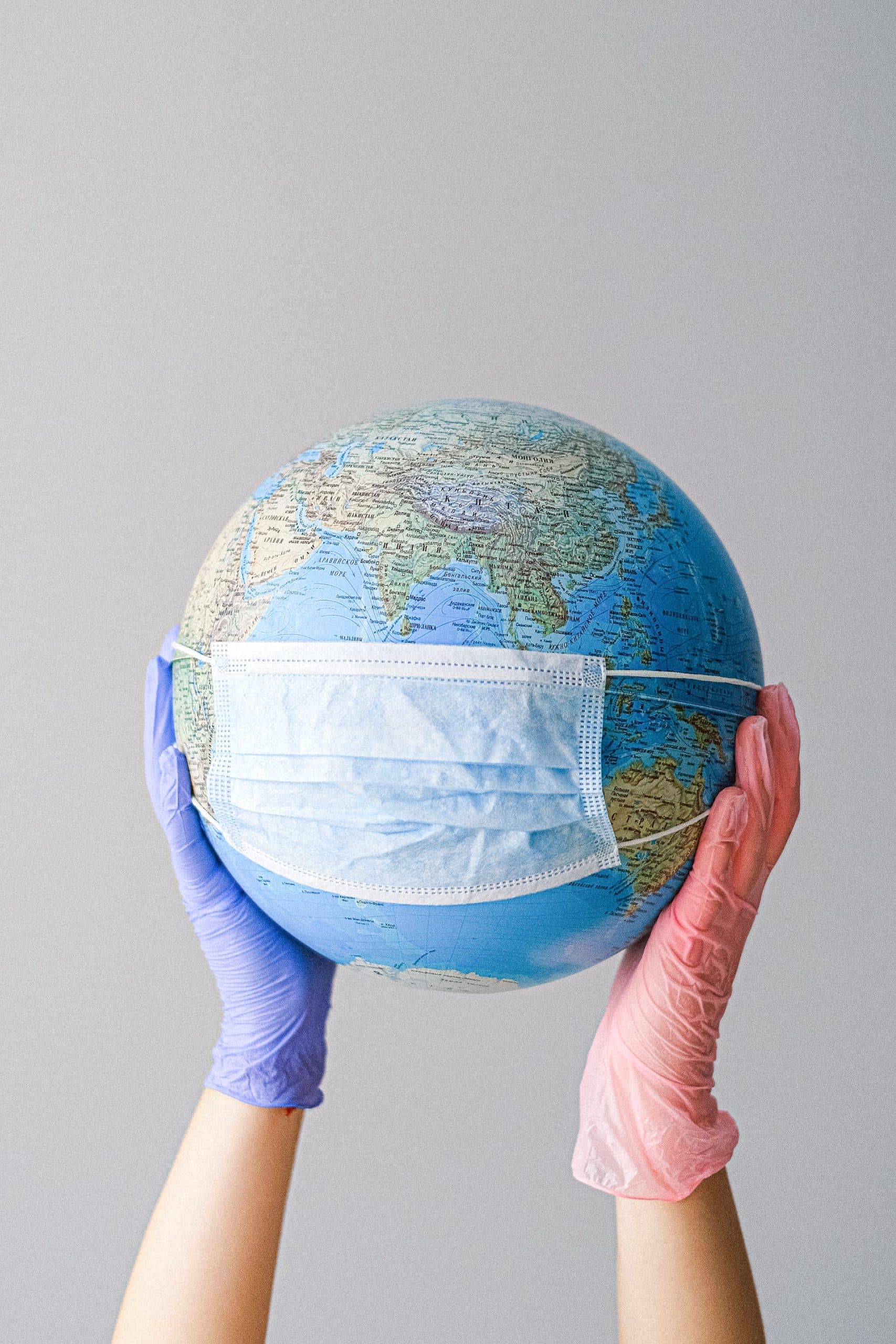How can technology assist in effective global pandemic tracking?

As we stroll through the digital age, technology is now at the heart of virtually everything we do. It has revolutionized how we work, communicate, interact, and indeed, how we manage our health. This became particularly evident in the face of the coronavirus pandemic, or COVID-19, which swept across the world, changing the dynamics of healthcare delivery. Through the integration of technology in healthcare, we are redefining the experience for both patients and healthcare providers. We now see an increasing reliance on technology for pandemic tracking, data management, remote patient care, and telehealth.
Technology: The New Face of Healthcare
Before diving into the application of technology in pandemic tracking, let’s establish a foundation. The use of technologies in healthcare isn’t new. However, the COVID-19 pandemic accelerated its adoption at an unprecedented rate. Now, we’re talking about digital health tools such as telemedicine, remote patient monitoring, and health information technologies.
En parallèle : How Are Augmented Reality Apps Transforming Home Renovation Planning?
These technologies have revolutionized the healthcare sector, making care delivery more accessible, especially for remote patients. They have also improved data management, which is crucial in health planning, disease tracking, and resource allocation. The advent of telehealth and remote care has also reduced the time spent on hospital visits, making healthcare more convenient for patients.
IoT and Remote Patient Monitoring
One of the standout technologies transforming healthcare is the Internet of Things (IoT). IoT refers to a system of interrelated computing devices that can transfer data over a network without requiring human-to-human or human-to-computer interaction.
Dans le meme genre : How can AI and IoT enhance the efficiency and sustainability of smart farms?
In the context of healthcare, IoT devices can monitor patients’ vitals and other health indicators remotely. These devices share the data with healthcare providers in real-time, enabling them to respond swiftly to any changes in the patients’ condition. This is particularly useful during a pandemic when it’s crucial to reduce direct contact between health workers and patients.
Harnessing Data for Pandemic Tracking
In the throes of a pandemic, accurate and timely data becomes a lifeline. Tracking the spread of a virus such as coronavirus requires comprehensive, up-to-date data from various sources. This is where technology comes in.
Health information technologies, including Electronic Health Records (EHR) and health information exchange platforms, play a pivotal role in collating, analyzing, and sharing data across different health institutions. This data assists health authorities in tracking the spread of the virus, informing policy decisions, and allocating resources where they’re needed most.
Telehealth: Bridging the Distance
The COVID-19 pandemic has given telehealth a new lease of life. With lockdowns and social distancing measures in place, reaching healthcare providers became quite a challenge for many people. However, through telehealth, patients could consult with their doctors virtually, receive prescriptions, and even have follow-up visits without leaving their homes.
Not only does this reduce the risk of spreading the virus, but it also makes healthcare more accessible for people in remote areas. Telehealth also alleviates the pressure on healthcare facilities, which are often overwhelmed during a pandemic.
Challenges and the Way Forward
While technology has been instrumental in navigating the health crisis brought about by the pandemic, it’s not without its challenges. Issues of data privacy and security, digital divide, and the need for robust infrastructure are among the obstacles that need to be addressed.
Despite these challenges, the role of technology in healthcare is only set to grow. As we continue to harness its potential, we must ensure that it’s accessible to all. This will require regulatory support, infrastructural development, and capacity building among healthcare providers.
As we navigate the ever-evolving health landscape, one thing is clear: technology is now an integral part of healthcare, and its role in pandemic tracking and management is invaluable. Now, more than ever, we must invest in digital health solutions that will not only help us manage the current crisis but better prepare us for future pandemics.
Artificial Intelligence: Decoding Patterns and Predicting Outbreaks
Artificial Intelligence (AI) is another potent tool in our digital technology arsenal, aiding greatly in managing global pandemics. AI is far more than just a buzzword; it’s a transformative technology that has the potential to completely change the face of public health. AI can process vast amounts of data to discern patterns and trends that would usually escape the human eye, making it invaluable for pandemic tracking.
During the COVID pandemic, AI was utilized to predict potential outbreak hotspots by analyzing numerous factors such as travel data, population density, and social behavior patterns. With AI’s help, Google Scholar and other research platforms were able to sift through thousands of research articles, extracting relevant information and contributing to an inclusive knowledge base about the virus.
Artificial intelligence also supports real-time data analysis, which is crucial during a pandemic. By processing data in real time, health authorities can track the spread of the virus, understand its trajectory, and respond promptly. In addition, AI can support contact tracing efforts, a critical step in breaking the transmission chain of the virus.
Despite the immense potential of AI, its application in health care is not without challenges. Data privacy is a significant concern, as AI often requires large amounts of personal health data to function effectively. Ensuring the ethical and secure use of such data is paramount.
Contact Tracing: Digital Tools for Disease Surveillance
Similarly, contact tracing has been significantly enhanced by digital technologies. Traditional contact tracing is a labor-intensive process that involves interviewing infected individuals to identify anyone they may have come into contact with. Digital technologies, however, can streamline this process significantly.
Digital contact tracing apps, for instance, use Bluetooth or GPS data to identify contacts automatically. This has the potential to be much faster and more accurate than traditional methods, particularly in dense urban environments. These apps can effectively warn individuals who may have been exposed to the virus, guiding them to take appropriate actions such as self-isolation or testing.
Contact tracing apps were instrumental during the COVID pandemic, with many countries developing their own versions. However, these apps also raised significant privacy concerns. Many people are uncomfortable with the idea of their movements being tracked and recorded, even for public health purposes. Balancing the need for effective contact tracing with respect for individual privacy is a challenge that needs to be addressed moving forward.
Conclusion: The Future of Pandemic Tracking
From the integration of artificial intelligence to digital technologies aiding contact tracing, technology has proven to be a powerful ally in global pandemic tracking. As we continue to navigate these unprecedented times, the lessons we’ve learned from the COVID pandemic will undoubtedly shape the future of public health.
Innovative solutions like real-time data analysis, telehealth, and remote patient monitoring can revolutionize healthcare systems, making them more resilient, responsive, and patient-centered. However, these advancements also call for a robust digital health infrastructure and regulatory framework to address potential challenges like data privacy and the digital divide.
Looking ahead, it’s clear that health technology will continue to play a pivotal role in pandemic tracking and management. Tapping into the full potential of these technologies will require continuous investment, research, and collaboration. By doing so, we can better prepare for future pandemics, bolster our healthcare systems, and create a healthier, safer world.
